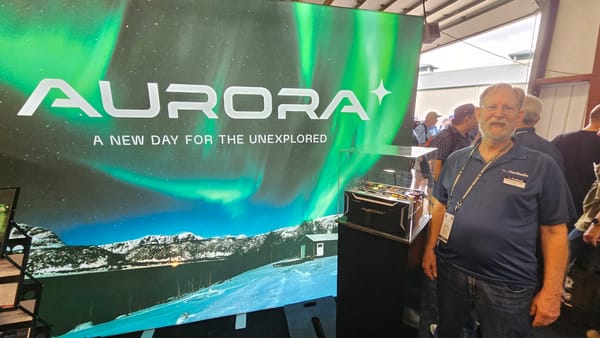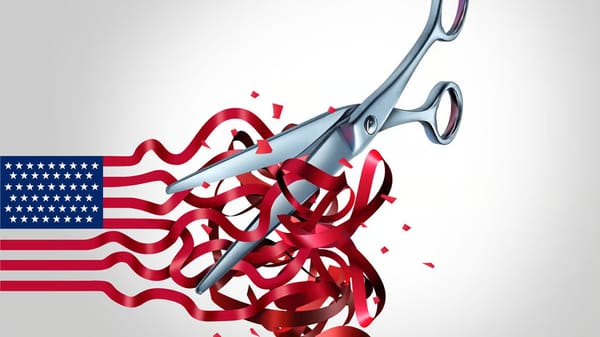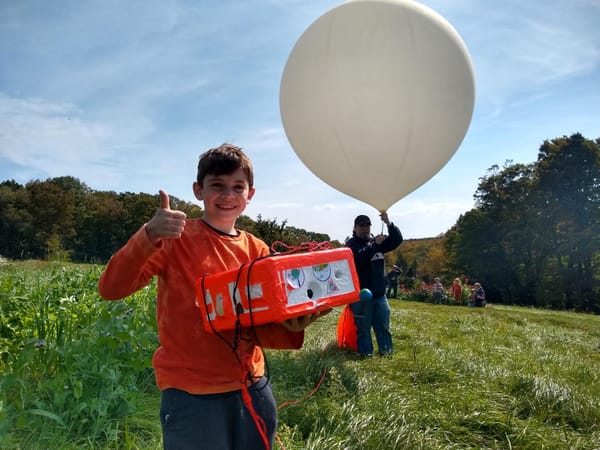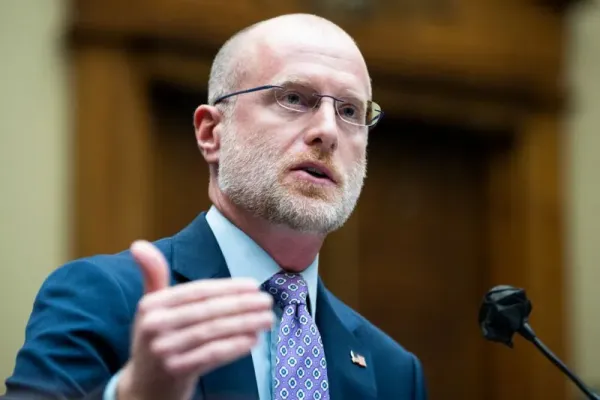ARRL E&E Committee: Too Close for Comfort?
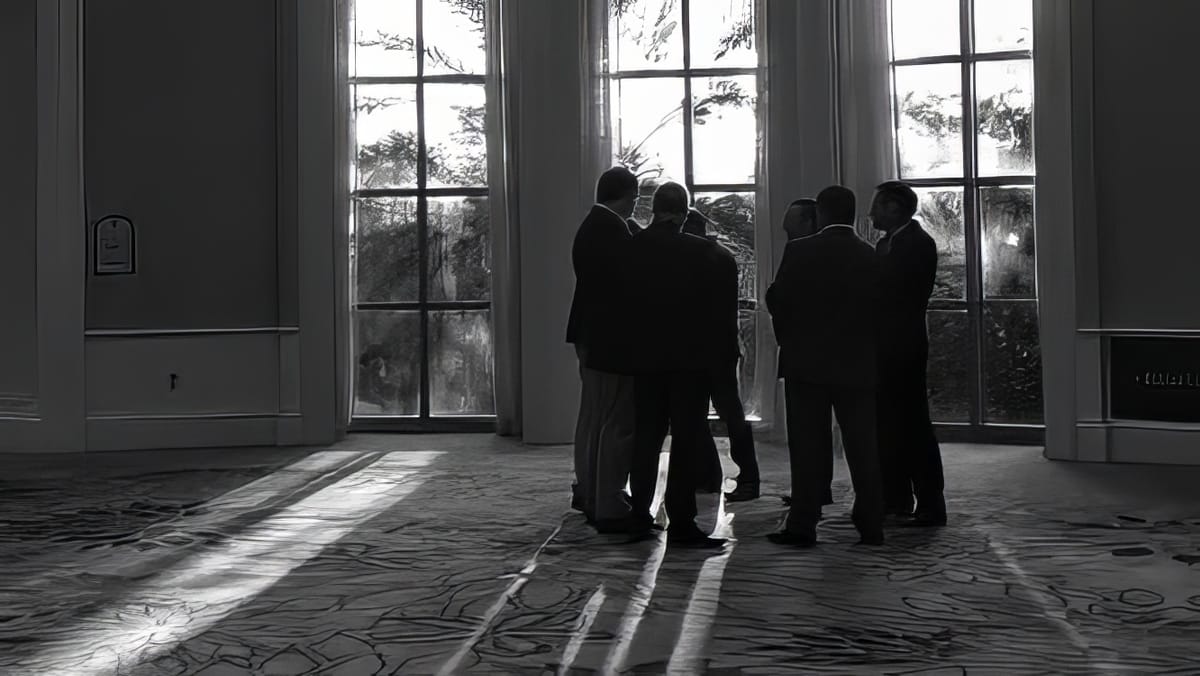
Let’s talk about the ARRL Ethics and Elections Committee (E&E)—a subject that’s been a thorn in the side of many members for years. If you’ve ever felt like the process for handling ethics and election issues seems unfair, you’re not alone. The concerns are real, and at the heart of them lies the structure of the E&E itself. The recently proposed updates to its framework? Well, they don’t fix much.
Here’s the deal: the E&E has long faced accusations of bias—both perceived and actual. Little is known about how this committee operates. How are cases chosen for review? Why are some dismissed or delayed? And who’s really calling the shots? Members have raised suspicions that the E&E’s work isn’t independent and that select board members might be pulling strings behind the scenes. That doesn’t exactly scream “fairness,” does it?
The Root of the Problem
One big issue is how E&E members are appointed. The ARRL President, who already wields significant influence, decides who gets a seat at the table. This creates an environment ripe for favoritism. The E&E’s close relationship with the Board further complicates things, making it hard to trust that decisions are made without undue influence.
This isn’t just about appearances—there’s good reason to believe these biases have real, unfair impacts.
Enter the “Neutral Third Party”
So, what’s the proposed solution? A “neutral third party” to step in and provide an independent perspective. Sounds promising, right? Unfortunately, the way this is set up raises more questions than it answers.
First, this so-called neutral third party—let’s call it the external investigator—will be selected, paid, and governed by the ARRL Board. That’s not independence—that’s an extension of the same power structure causing the problem. Even the CEO, tasked with choosing the external investigator, is beholden to the Board. How can we trust a system like that?
The Threshold for Action
Another issue is the threshold for escalating cases. Before involving the external investigator, two E&E members must decide that a violation has occurred. Not that it might have occurred. Not that it’s worthy of investigation. They have to believe, up front, that a violation did happen. This sets the stage for confirmation bias, where the process becomes more about proving a belief than uncovering the truth.
A Toothless Tiger
Even if the external investigator does get involved, their findings can be fully rejected by the Board. That means the ultimate authority—and bias—stays with the E&E and the Board. The external investigator ends up being little more than a figurehead, like Connecticut counsel is today.
What Needs to Change?
This is a missed opportunity to tackle the root issues with the E&E. Instead of adding window dressing, we should be rethinking the entire structure. What if we took the E&E out of the Board’s direct control? What if we introduced truly independent oversight? These are the kinds of changes that would rebuild trust and bring real fairness to the process.
Sadly, the current proposal doesn’t rise to the challenge. But there’s still time to push for meaningful reform.

